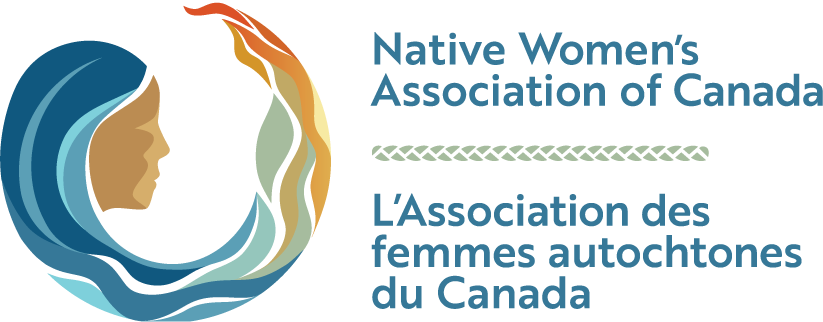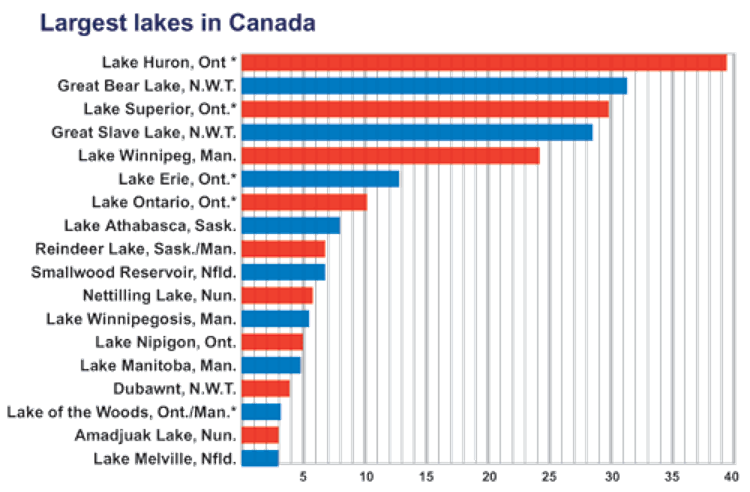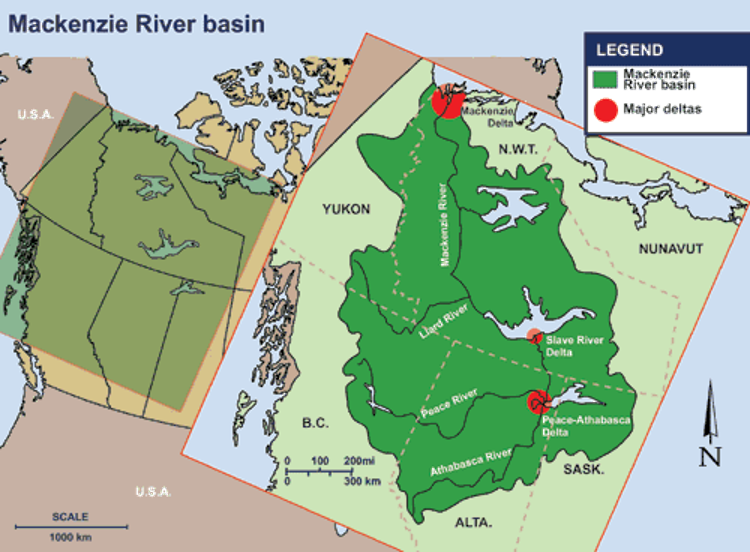Is Canada a "water-rich" country?
Assessing the "water-richness" of Canada is a complex process involving many geographic, physical, economic, and social issues. Canada's fresh water can be found in the form of rivers, lakes, groundwater, ice, and snow. Considering that on an average annual basis, Canadian rivers discharge close to 7% of the world's renewable water supply, Canada appears to have a generous water endowment. Aggregate measures, however, can be deceiving.
Some areas in the interior of British Columbia, the southern Prairies, and the high Arctic experience arid or semi-arid climates (less than 35 centimetres of annual precipitation). In these areas, the water supply is further limited because the groundwater tends to be salty and unsuitable for many uses.
Approximately 60% of Canada's fresh water drains to the north, while 85% of the population lives within 300 kilometres of the Canada-United States border. Many areas have restricted water supplies, and water availability constitutes a major concern for water management. Even in the Great Lakes basin, the world's largest freshwater lake system, some off-lake areas in southern Ontario experience periodic and even chronic water shortage, and groundwater "mining" takes place (i.e., more water is taken out of the aquifer than is being recharged). In this region, a significant increase in the consumptive use or a reduction in the supply of Great Lakes waters would result in a lowering of long-term mean levels of the lakes.




